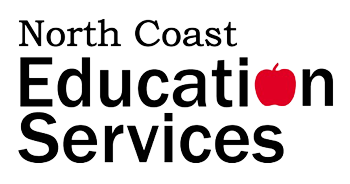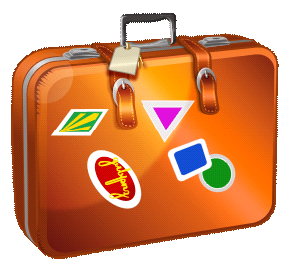For the third part of our series on multi-sensory learning, we have combined all five of the senses (plus body movement) to present an all-encompassing lesson plan.
Since my degree is in Early Childhood Education, my lesson would be best suited for students in a K-5 environment. You could easily make the experience more challenging for middle school and high school students.
Multi-Sensory Lesson – Going on a Trip
To incorporate all five senses (and many subjects) at once, tell your class to prepare for an in-school field trip. Decide whether you are going around the U.S. or around the world. (For this example, we’ll say we’re going around the U.S.) Figure out how many days you will be on the trip and make sure to send a letter home to the parents to let them know about the lesson.
- VISUAL (sight) – Use a large map to determine where you will drive. Try states like Arizona, Louisiana, Florida, Maine, and your home state. Consider dividing your class into teams and handing each team a section of the map. Have them decide what roads they will take to get there. You can even ask them to determine how far away the states are and how long it will take to get there. (Geography and math, check!)
- KINESTHETIC (fine or gross body movement) – On the day of the big trip, set up your chairs like a school bus. Have your students bounce up and down to mimic the feel of motion. As the bus driver, you can call out quick stops, tight turns, and a very bumpy road. Take turns and let your students play the bus driver, too.
- AUDITORY (hearing) – When you arrive in your first state (for example, Louisiana), set up your class CD player or iPod with authentic Cajun music or some jazz. Find music that is unique to your region to help set the mood. You could even incorporate rhythm instruments and have your student try to match the feel of the music. (Depending on the type of music, you can also tie in another kinesthetic activity – dancing!)
- TACTILE (touch) – Announce to your students that they are going to make a local dish so they can understand the culture of the region. Search online for age-appropriate recipes and break your kids into groups. Have them read the recipe together and start to prepare it. (Here is a wonderful opportunity to review fractions.) Talk about how to check the produce to see if it’s too ripe. Exercise caution with your students and teach them proper knife techniques.
- OLFACTORY (smell) – As the students are preparing their dishes, have them smell their recipe to determine flavors. Create sample spice jars and have them smell and taste each individual spice. Without consulting the recipe, let them decide what they think will work best.
- GUSTATORY (taste) – This is the best part of cooking – taste the food! Encourage your students to cut off a small piece of the food and sample it as they go. (Remember to wash your hands!) By tasting the food as they go, the students will get a better sense of what the whole meal will taste like. When the dish is done, have them try it and describe the texture and the flavors. Do they like it? Why or why not? Have your students pretend they are food critics and review their dish and their neighbors’ dishes, too.
Middle school and high school students could take a world trip and calculate how much it would cost. They could concentrate on harder recipes that require finer motor skills instead of the school bus exercise. Consider teaching them an authentic dance, like an Irish jig or a traditional Russian dance to allow for more gross motor movement. For an auditory exercise, go to your library and get those famous “Teach Yourself” language CDs and have your students repeat common phrases.
See? Teaching students using multi-sensory learning is as easy as 1, 2, 3…4, 5, 6.



